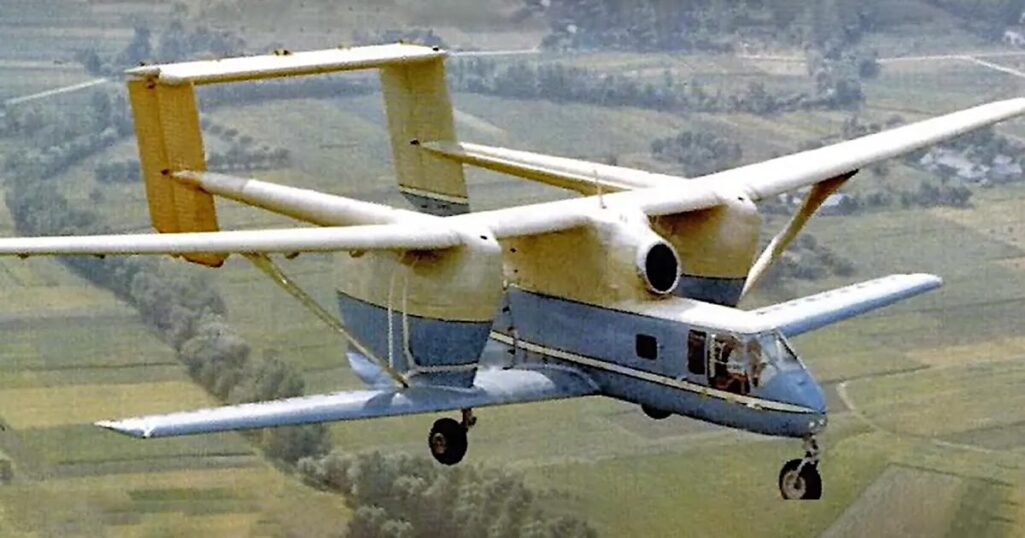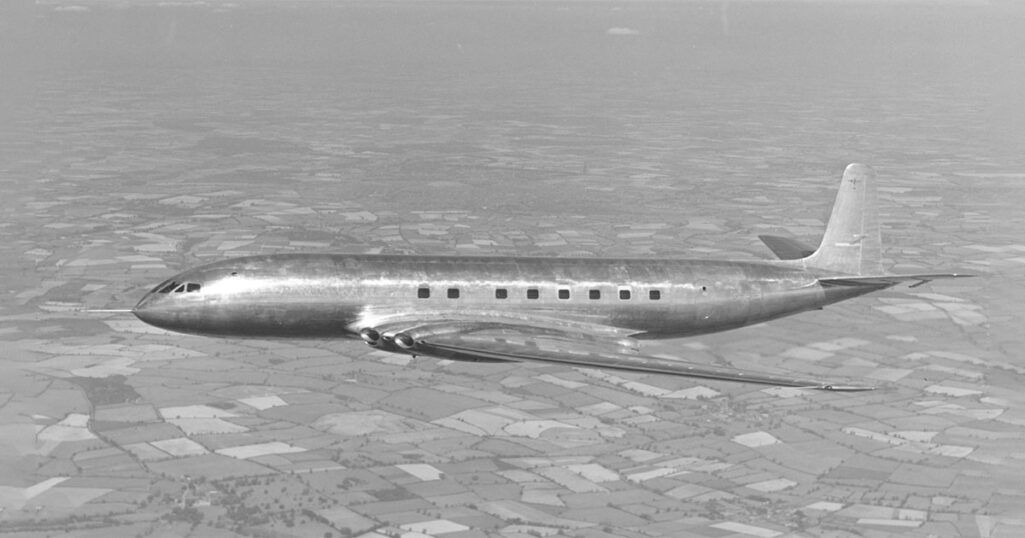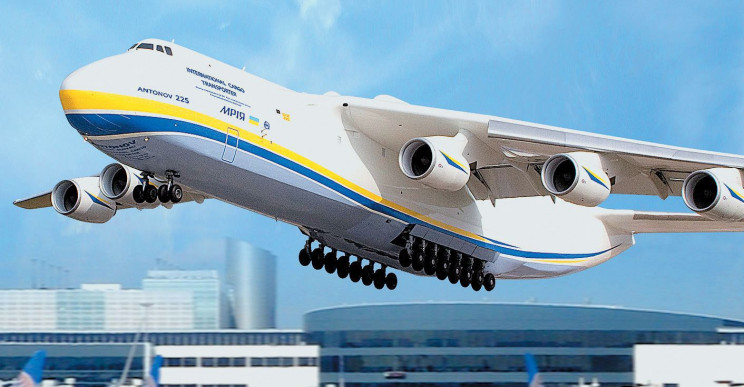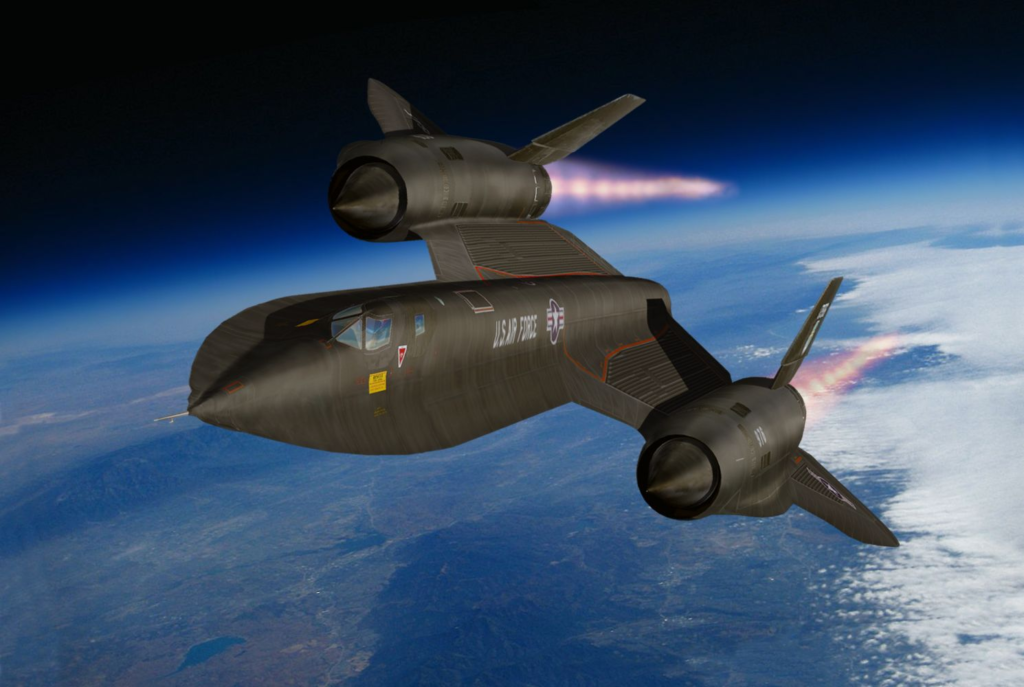
The race for the title of the fastest jet in the world has been ongoing for decades, with various nations and private companies fighting for the top spot. Among the contenders for this title, one aircraft stands out as the undisputed leader – the SR-71 Blackbird.
The fastest plane in the world is the Lockheed SR-71 Blackbird, which is also the fastest manned aircraft in the world to this date. Developed by Lockheed Martin, this jet was capable of reaching speeds of over 2,200 mph (3,529 kph) Mach 3, making it the fastest jet ever built.
SR-71 Blackbird is a reconnaissance aircraft that was operated by the United States Air Force from 1964 to 1998. It was designed to fly at extremely high altitudes and at high speeds; also, as mentioned above, it had a maximum speed of Mach 3, reaching 2,200 mph (3,529 kph).
What is Mach speed?
Mach speed is a way to measure how fast a jet is traveling compared to the speed of sound. The speed of sound is known as Mach 1, so a jet traveling at Mach 1 is going as fast as the speed of sound.
Similarly –
- If a jet is traveling at Mach 2, it means it’s going twice as fast as the speed of sound.
- If a jet is traveling at Mach 0.8, it means it’s going 80% as fast as the speed of sound.
It is important to note that the speed of sound varies with altitude, and the Mach number would vary accordingly.
History of the SR-71 Blackbird
The history of the SR-71 Blackbird can be traced back to the 1950s when the United States Air Force (USAF) began to explore the possibilities of high-speed, high-altitude reconnaissance aircraft. In 1958, the CIA and the USAF jointly started a secret program called the “A-12 Oxcart” program, which was tasked with developing a new reconnaissance aircraft that would be able to fly at high speeds and altitudes and evade radar detection.
Lockheed Martin was given the contract to build the aircraft and began work on what would eventually become the SR-71 Blackbird. The first A-12 prototype flew in 1962, and it was tested extensively. However, the aircraft was only used in limited numbers by the CIA for covert operations due to its high cost and the development of new technologies.
In 1964, the USAF began to operate a variant of the A-12, which was designated the SR-71. It was a more advanced aircraft and was able to fly even faster and higher than the A-12. The SR-71 was used for reconnaissance missions during the Cold War and was able to gather intelligence on the Soviet Union without being detected.
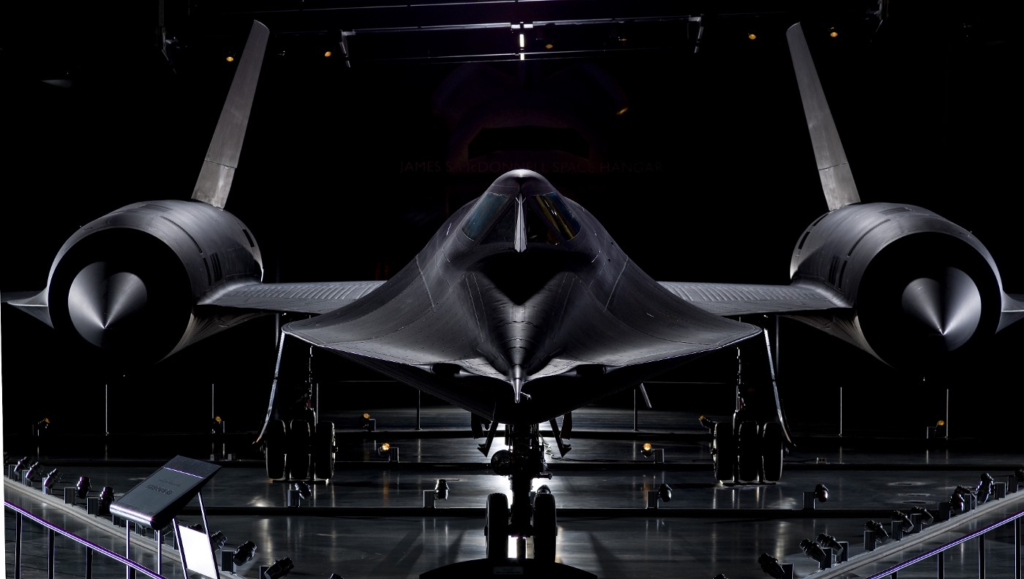
Records
The SR-71’s performance in the skies was unmatched, and it still holds several aviation records to this day. It holds several world records, including:
- Absolute speed record: on July 28, 1976, an SR-71 set an absolute speed record of 2,193.167 mph (3,529.56 km/h), which still stands today.
- Absolute altitude record: on July 28, 1976, an SR-71 set an absolute altitude record of 85,068.997 ft (25,929 m), which still stands today.
- Absolute altitude record for a manned air-breathing jet: On July 1976, SR-71 set this record, which still holds.
- Absolute distance record for a manned air-breathing jet: On March 6, 1990, an SR-71 aircraft managed to travel 6,935 mi (11,166 km) from New York to London in under 1 hour 54 minutes, setting a record that is still valid today.
These records, however, were all set in the 70s and 80s, and no aircraft has surpassed the SR-71 until now. The SR-71 was retired in 1999 due to its high operating cost, and it has not been replaced since.
Interesting Facts about the Lockheed SR-71 Blackbird
1. The SR-71 was Never Shot Down in its Lifespan
Throughout the whole time it was in service; the SR-71 Blackbird was never shot down. The airplane consistently avoided all missiles fired at it despite many efforts to intercept it. The aircraft’s sophisticated warning system provided pilots plenty of time to avoid missile assaults and maintain an advantage. For most of its operating career, the SR-71 was untouchable because of this.
2. SR-71 Blackbird Pilots Wear Space Suits
The SR-71 pilots had to wear protective suits while flying because of the tremendous speeds and altitudes they could attain. Their helmets resembled those worn by astronauts traveling to space, and these suits were pressurized.
To ensure that they could breathe correctly while at a high altitude, their helmets were fitted with hoses that linked to an oxygen supply. The SR71’s considerable heat output at the top of its speed range was also kept at bay by the pilots’ suits.

3. The SR-71 Blackbird had the Best Camera Onboard
The SR71 Blackbird featured one of the most cutting-edge cameras on board, another little-known fact about it. With the help of this amazing camera and the plane’s ability to fly at a great altitude, it was possible to snap pictures that were 72 miles wide.
4. Special Tires Were Required for the SR71 Blackbird
The SR-71 Blackbird faced various tire problems, which were a major factor in several of its earliest failures. Because of this, Lockheed was obliged to develop special tires exclusively for the Blackbird behind closed doors. The massive weight of the aircraft and the extreme heat produced upon landing were taken into consideration while designing this revolutionary tire.
5. SR-71 Blackbird Refuel After Take Off
SR-71 had a different approach to fuel, as there were issues with typical ways. One of the issues was that the large amount of fuel carried by aircraft, about 80,000 lb, often caused tire failure. As a result, it was decided to decrease the fuel used for takeoff to 40,000 lb and to refuel the aircraft during the flight before the mission began in order to prevent further incidents.
6. The Temperature of a Blackbird Could Go Very High
Any aircraft traveling at such high speeds is vulnerable to extreme heat, and when it comes to the world’s fastest plane, we can imagine the rising hot temperature. The majority of the aircraft hit 500 degrees Fahrenheit while flying at its maximum speed. Amazingly, the SR-71 could get as hot as 1,000 degrees Fahrenheit at times.
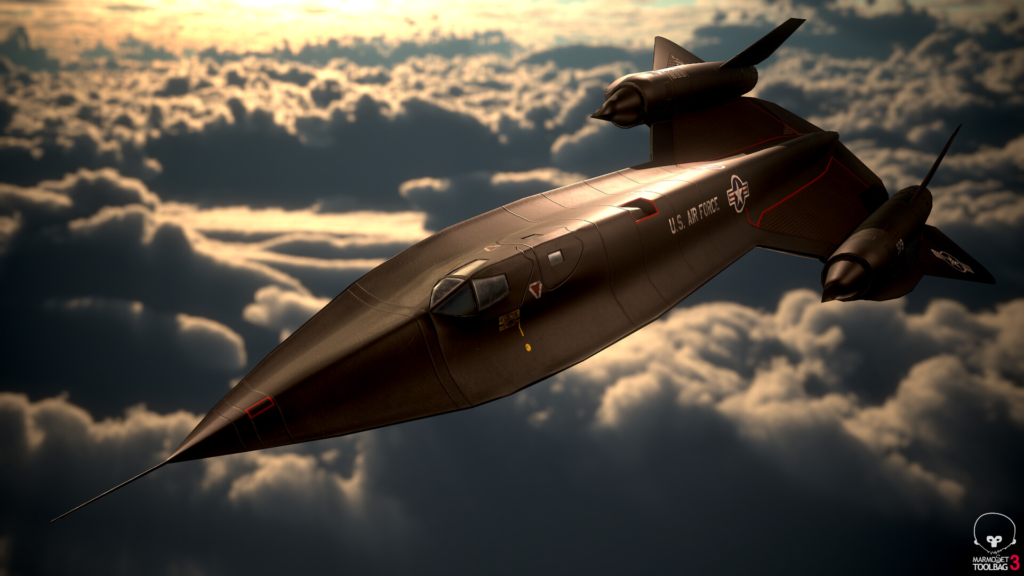
7. The SR-71 is Made of Titanium
The SR-71 Blackbird was primarily made of Titanium. The use of Titanium was crucial in the design of the SR-71, as it allowed the aircraft to withstand the extreme temperatures generated by its high-speed flights. At high speeds, the temperature on the exterior of the SR-71 could reach as high as 600 degrees Fahrenheit.
Titanium has a very high melting point and is able to withstand these temperatures without warping or melting. Additionally, the aircraft’s structure was composed of 80 percent titanium, which had a high strength-to-weight ratio, and made the aircraft lightweight.
8. The Plane had no Defensive Capabilities
One may first assume that a jet made for the CIA and the U.S. Air Force would have the strongest offensive and defensive capabilities. But it’s important to bear in mind that the SR71 was a spy aircraft and didn’t need defensive skills; instead, its stealth, missile-outrunning ability, and high-altitude capabilities provided enough protection.
9. Piloted Only by Specially Trained Pilots
The SR71 Blackbird was not the simplest plane to fly. In order to be qualified to fly the SR71, prospective pilots had to complete intensive training in addition to the U.S. Air Force’s already stringent criteria. In reality, the training included the same physical preparation as that done by NASA astronauts because of the high altitudes and speeds the pilots would encounter.

SR-71 Blackbird Top Capabilities
1. Its Speed
The Blackbird was capable of reaching speeds of over 2,200 miles per hour (Mach 3) at high altitudes, making it one of the fastest jets ever built. This speed was made possible by its unique design, which included a slender fuselage, long and sharply tapered wings, and engines that were capable of sustained supersonic flight.
The SR-71 was also built with advanced materials, such as Titanium, which helped to reduce its weight and withstand the high temperatures generated by its speed.
2. Stealth Capabilities
The SR-71 was also known for its stealth capabilities. The SR-71 Blackbird was not specifically designed with stealth capabilities, but it did incorporate certain features to reduce its radar cross-section (RCS) and make it less visible to radar.
The SR-71’s shape was optimized to minimize its RCS, which made it less likely to be detected by enemy radar. Additionally, the SR-71 was made of radar-absorbent materials (RAM), which could absorb radar signals and decrease the radar reflection, thus decreasing the chance of detection.
The SR-71’s high speed and high altitude capability was also a stealth technique. By flying at such high altitudes, it was able to fly above the reach of most ground-based radar systems, and by flying at such high speeds, it could outrun any aircraft that might be scrambled to intercept it.
However, the SR-71 Blackbird was not stealth aircraft in the conventional sense. A stealth aircraft is specifically designed to be hard to detect on radar, with a low RCS and various other design feature that makes it invisible to radar.
Modern stealth aircraft, like the B-2 Spirit, F-22 Raptor, and F-35 Lightning II, are specifically engineered to be as stealthy as possible, and their design and materials are significantly different from that of the SR-71.
3. Its Maneuverability
The SR-71 Blackbird was designed for high-speed, high-altitude flight, and as such, it was not particularly maneuverable. The SR-71 was built to fly at extremely high speeds and altitudes, and its design was optimized for that purpose. It was not meant to perform tight maneuvers, dogfights, or low-altitude flights.
The SR-71’s long, slender body and large delta wing design, which provides a high amount of lift at high speeds and altitudes, also made the aircraft relatively stable in flight. This stability in flight, along with its powerful engines, enabled the SR-71 to fly at extremely high speeds, but it also meant that it was not as agile as some other aircraft.
It was, however, equipped with thrust-vectoring nozzles on its engines which gave the SR-71 more maneuverability than what one would expect from an aircraft its size, but still, it was not an agile aircraft.
It was not designed to be a fighter jet or an aircraft that engage in air-to-air combat, and thus its maneuverability is limited compared to those aircraft. The SR-71’s primary role was to fly over hostile territory and gather reconnaissance without being detected, and its design was optimized to meet that objective.
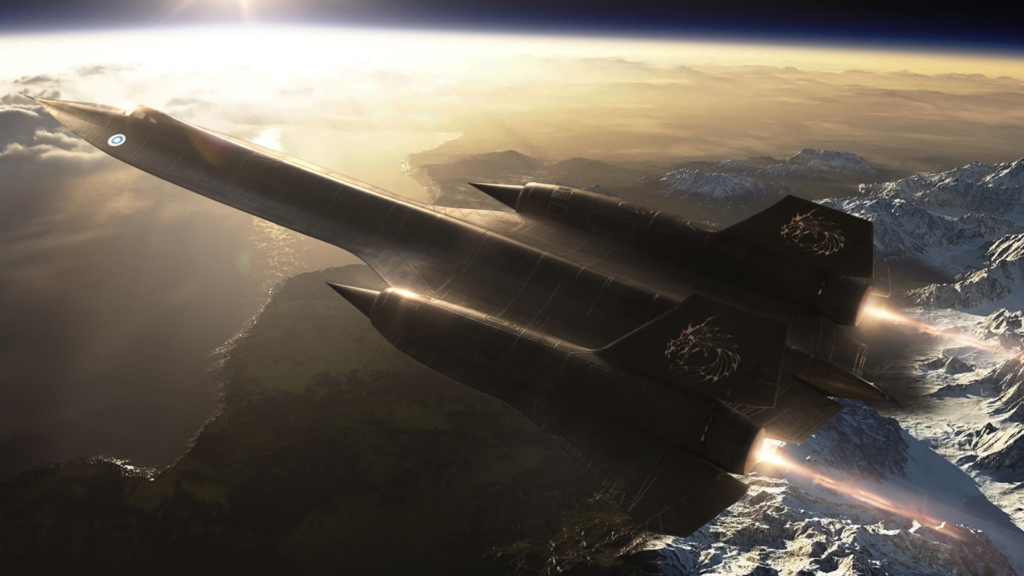
4. Its Engine
The SR-71 Blackbird was powered by two Pratt & Whitney J58 engines, which were specifically developed for the aircraft. These engines were a type of afterburning turbojet engine that used a unique design known as a “bypass” engine.
In a bypass engine, a significant portion of the incoming air is directed around the combustion chamber rather than passing through it. This “bypassed” air is then mixed with the hot exhaust gases before being expelled through the nozzle, providing additional thrust. This design allowed for a much more efficient engine that could generate significantly more thrust than a traditional turbojet engine.
The J58 engines of the SR-71 Blackbird used an inlet spike to compress the incoming air before it entered the engine, which allowed the aircraft to fly at very high speeds. They also used an afterburner to increase thrust during takeoff and high-speed flight.
In the afterburner, additional fuel is sprayed into the exhaust stream, which then ignites to produce a hotter, faster exhaust flow and more thrust. These engines also featured an Inlet compressor and bypass fan to compress air before it entered the combustion chamber and direct it around the combustion chamber, providing additional thrust.
Overall, the J58 engines of the SR-71 Blackbird were some of the most advanced and powerful engines of their time, and they played a critical role in the aircraft’s high-speed capabilities.
5. Superb Navigation
The SR-71 Blackbird was equipped with an Astro-inertial navigation system, which was a type of navigation system that relied on both astronomical observations and inertial measurements to determine the aircraft’s position.
The system used a set of infrared telescopes that could observe the positions of stars in the sky. These observations were then compared to a stored set of expected star positions, allowing the system to calculate the aircraft’s orientation in space. The system also included an inertial measurement unit (IMU) that used accelerometers and gyroscopes to measure the aircraft’s motion and changes in orientation.
This combination of astronomical observations and inertial measurements allowed the SR-71 Blackbird’s navigation system to provide highly accurate navigation information, even at high speeds and altitudes where traditional navigation systems, such as radar-based systems, might not have been able to function.
Additionally, its Astro-inertial system also helped in avoiding enemy radar as the aircraft flew above its radar coverage, making it a very effective navigation system for the SR-71 Blackbird, which was designed for high-altitude and high-speed reconnaissance missions.
In summary, the Astro-Inertial Navigation System of SR-71 Blackbird was a system that used astronomical observations and inertial measurements to determine the aircraft’s position and orientation, providing highly accurate navigation information even at high speeds and altitudes, making it an essential part of the SR-71 Blackbird’s capabilities as a reconnaissance aircraft.
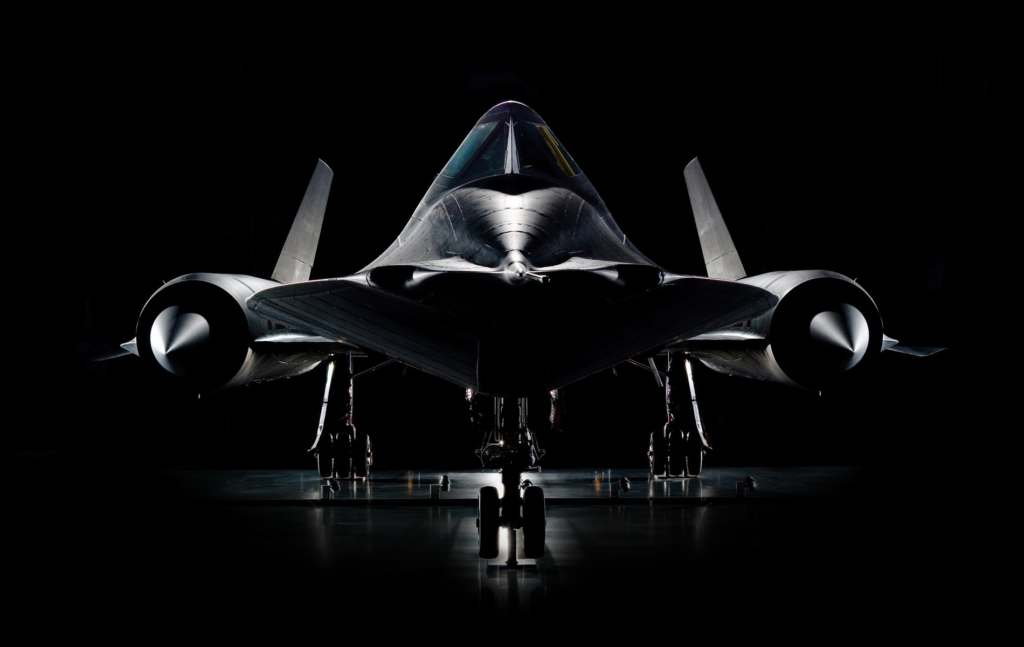
SR-71 Blackbird Specs
The table below provides some of the key specs of the SR-71 Blackbird.
| Crew | 2 | Payload | 3,500 lb (1,600 kg) |
| Length | 107 ft 5 in (32.74 m) | Wingspan | 55 ft 7 in (16.94 m) |
| Wing area | 1,800 ft² (170 m²) | Aspect ratio | 1.7 |
| Maximum speed | 2,200 mph (3,530 kph) | ceiling | 85,000 ft (25,900 m) |
| Rate of climb | 11,810 ft/min (60 m/s) | Wing loading | 94 lb/ft² (460 kg/m²) |
According to the table, the SR-71 Blackbird had a length of 107.4 ft (32.7 m) and a wing area of 1,800 ft² (167.2 m²). It was manned by a crew of two, with a pilot and a reconnaissance systems officer.
The SR-71 had a maximum speed was approximately 2,193 mph (3,529 kph), which makes it the fastest air-breathing manned aircraft in the world. Also, it had a service ceiling of 85,000 ft (25,900 m), and it could reach that altitude in less than 8 minutes using the two Pratt & Whitney J58 engines.
FAQ
What is the SR-71 Blackbird?
The SR-71 Blackbird is a retired reconnaissance aircraft that was flown by the United States Air Force. It was built to fly at high speeds and altitudes, where it would be harder for opposing planes to see and intercept.
How fast could the SR-71 Blackbird fly?
The SR-71 Blackbird could fly at speeds of up to approximately 2,193 mph (3,529 kph), making it the fastest air-breathing manned aircraft in the world.
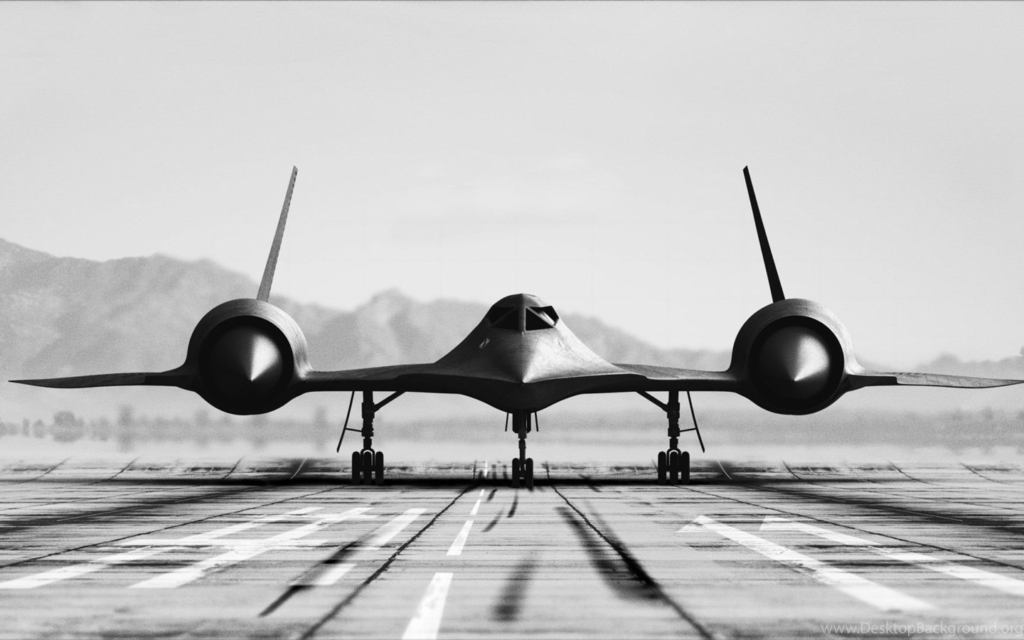
How long was the SR-71 Blackbird in service?
The SR-71 Blackbird was in service from 1964 to 1998, with a total of 32 aircraft built.
What was the SR-71 Blackbird’s primary mission?
The SR-71 Blackbird’s primary mission was reconnaissance and surveillance. It was used to gather intelligence on various countries and locations around the world, including the Soviet Union, North Korea, and Vietnam.
Where can I see an SR-71 Blackbird?
Several SR-71 Blackbirds are on display in various museums around the United States, including the Air Force Flight Test Center Museum in California, the Strategic Air Command and Aerospace Museum in Nebraska, and the Smithsonian’s National Air and Space Museum in Washington.
Can the SR-71 go into space?
The SR-71 was built to fly far into enemy territory while evading detection thanks to its incredible speed and high altitude. It could function safely at a maximum speed of Mach 3 at a height of more than 25,908 m (85,000 ft), or more than 16 mi (25.7 km), above the surface of the planet.
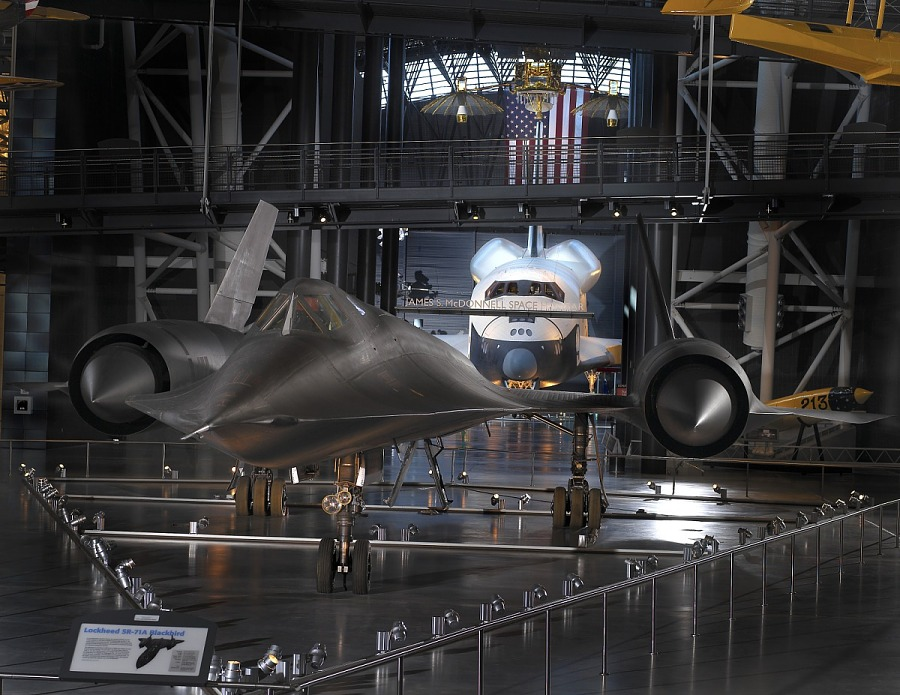
Conclusion
Despite its impressive capabilities, the SR-71 program was canceled in the 1990s due to budget constraints and the emergence of new technology. But its legacy lives on.
The SR-71 remains a testament to human ingenuity and technological advancement, and its records and achievements still amaze aviation enthusiasts and experts alike. The story of the SR-71 Blackbird is a tale of speed, stealth, and excellence, and it will forever be remembered as the fastest jet in the world.

